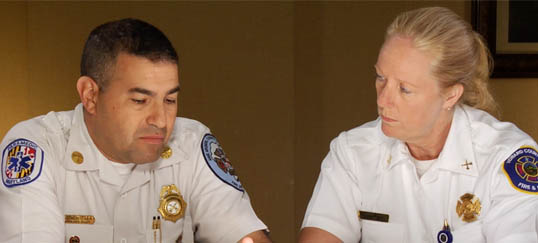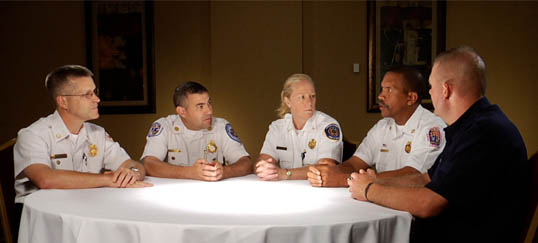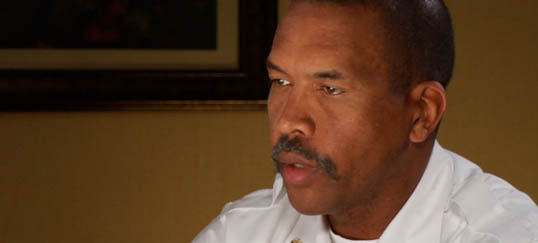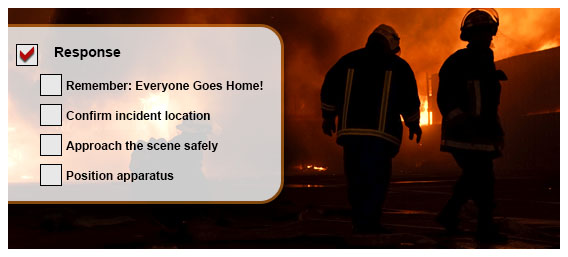Creating Change in the Fire Service
Credit Hours:
1
Approximate reading time:
0.5 Hours
Approximate online time:
0.5 Hours



Program Abstract
This module is a roundtable discussion between five fire service leaders about how to create change in the fire service and lead a culture of safety. The roundtable discusses how to lead an organization where safety in fire service is a primary focus, including making safety a priority, handling resistance, extending responsible behavior modeling to "informal leaders" in the ranks, crew resource management, fostering an environment of trust, and risk mitigation. The discussion was unscripted and guided by only a few questions posed to the group.
Participants in the roundtable are:
Deputy Chief Ben Barksdale, Prince Georges County (MD) Fire Department
Firefighter Rick Best, City of Westerville (OH) Division of Fire
Battalion Chief Joanne Rund, Howard County (MD) Fire Department
Deputy Chief John Tippett, City of Charleston (SC) Fire Department
Battalion Chief Matt Tobia, Anne Arundel County (MD) Fire/EMS Department
The Fire Hero Learning Network recommends that you take this module in conjunction with the Leadership, Accountability, Culture, and Knowledge (LACK) module because the concepts discussed in this roundtable go hand-in-hand with the information in the LACK module.
































